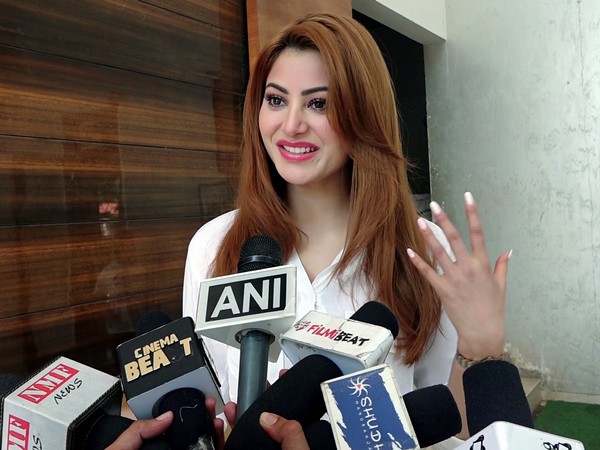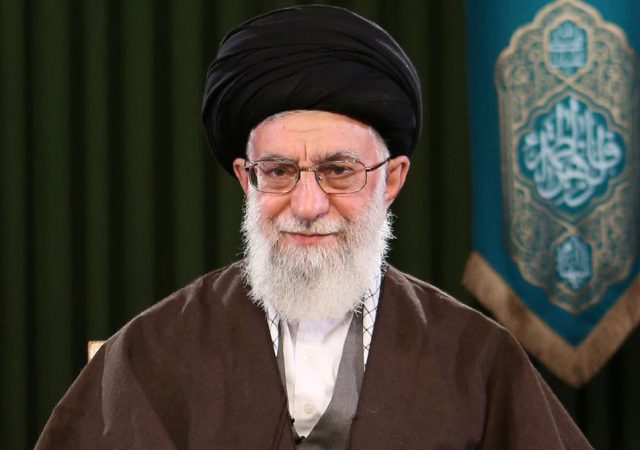Youth is a beautiful, enchanting, delicate, and fluid phase of life an age that tests a thousand new challenges. The wings of youth hold the strength to conquer the skies, which is why it is considered the most powerful stage of life. In truth, all dreams of tomorrow and the expansion of every new imagination are born in this phase. Youth is that intoxicated, restless moment where one seeks to catch a glimpse of the rising sun of the future.
Youth is not an age of silent acceptance. Across the world, young people have been writing history ushering in change, revolutions, and progress. We see youth in many forms: walking on the moon, exploring space, conducting massive experiments to uncover the mysteries of Earth, or hoisting victory flags at the Olympics.
Youth means love, bravery, courage, adventure, and valor. It is an age of questioning the system, rebelling against injustice, raising voices against what is wrong, and sparking movements to overthrow oppressive power. Youth does not merely dwell in dreams but dares to confront harsh realities. Be it staging protests, shaking the very foundations of tyranny, or laying down life for change, this has been the hallmark of youth.
History offers countless examples: Shankaracharya, at just 31, spread Hindu philosophy. Plato and Aristotle, who laid the foundation of human thought, were young. Buddha delivered his profound teachings in his youth. Revolutions in France and America were led by the young. Even in India’s freedom struggle, youth played the central role. Nehru was only 26 when he came under Gandhi’s influence, Maulana Azad was 35, Patel was 40, Ambedkar spearheaded reform in his younger days, and Bhagat Singh laid down his life at 23. The Indian freedom struggle was essentially a struggle of youth.
Time and again, whenever youth have taken to the streets, they have shaken the roots of oppressive regimes the Jasmine Revolution in Egypt, the Hijab protests in Iran, the Tiananmen Square massacre in China, student movements in Bangladesh, and now the uprising in Nepal. Just this Monday, the streets of Kathmandu witnessed a powerful sight as Generation Z marched in protest holding banners reading: “We will not let corruption sell the future of youth.” In fact, when the authoritarian government imposed restrictions on social media, Generation Z in Nepal rose in defiance. The protests have now turned bloody, with reports of casualties emerging.
But this is not the first such struggle. Earlier too, youth have blown the bugle of revolution, recalling echoes of China and Bangladesh’s student movements. Let us revisit some of the most significant youth uprisings that shook the world.
Tiananmen Square Massacre (1989): The world still trembles recalling the night of June 3–4, 1989, when China’s People’s Liberation Army used tanks to crush student protests demanding democracy. While official figures spoke of 200 deaths, independent estimates suggest nearly 10,000 students were killed in this brutal crackdown.
Tunisia’s Jasmine Revolution (2011): This mass uprising laid the foundation of the Arab Spring. Tunisians were angered by corruption, unemployment, and rising prices. The tragic self-immolation of Mohamed Bouazizi, a young street vendor harassed by police, sparked nationwide outrage, ultimately forcing President Ben Ali to resign.
Egyptian Youth Revolution (2011): Here, young protesters brought down Hosni Mubarak, who had ruled for 30 years. Millions of youth filled Cairo’s Tahrir Square and other cities, protesting corruption, unemployment, poverty, and lack of freedom. Mubarak was finally forced to step down on January 25, 2011.
Hong Kong Protests (2020): The largest youth-led protests in recent decades, opposing the extradition bill and increasing Chinese interference. In 2019, Hong Kong’s government introduced a law allowing the transfer of suspects to mainland China, which triggered massive demonstrations led by students and youth.
Iran’s Hijab Protest (2022): Triggered by the death of a woman beaten for not wearing the hijab, young women and men rose in defiance. Images of women cutting their hair and burning hijabs went viral on social media. This movement soon transformed into a larger struggle against dictatorship, religious extremism, and the suppression of women’s rights.
Bangladesh Student Movement (2024): On August 5, 2024, violent student protests brought down Sheikh Hasina’s Awami League government. Youth-led demonstrations against corruption and authoritarianism swept the nation, leading to a new government under Muhammad Yunus.
From philosophy to politics, from revolutions to reforms, one fact has been proven time and again: it is the youth who drive change. Youth is not just about dreamy illusions or romantic memories; it is about leading movements, overthrowing governments, and rewriting history. Whether it was challenging Russia’s Iron Curtain or facing down tanks in Tiananmen Square, it has always been the youth who dared to stand at the frontlines.
The writer can be contacted at vikasmeshram04@gmail.com






